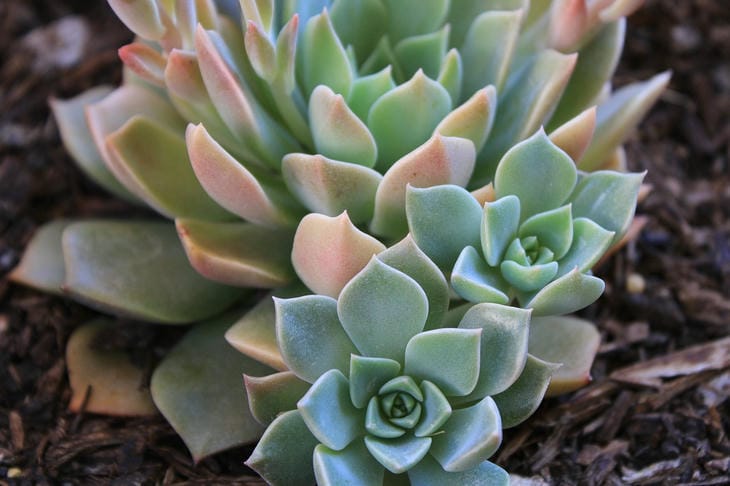What flower to put on the windowsill to avoid condensation: a note for housewives
Moisture on windows creates not only discomfort, but also a health hazard.
Condensation becomes a source of mold and dampness, but there is a natural solution - plants that can absorb excess moisture.
What plants cope with condensation
Excessive humidity in the room often manifests itself as condensation on the windows. This is a signal of a microclimate violation, which can lead to the development of fungus and other problems.
One way to combat moisture is with indoor plants. Some of them have a unique ability to absorb excess moisture from the air, improving the indoor environment.
Flowers with high adsorbent properties
Among such plants, the spathiphyllum stands out, known for its ability not only to absorb moisture, but also to clean the air of toxins. Spathiphyllum leaves actively interact with the environment, regulating the level of humidity. Its aesthetic appearance and unpretentiousness make the plant a popular choice for an apartment.

Chlorophytum is also considered an effective assistant. This plant easily copes with high humidity and also produces oxygen, creating a more comfortable atmosphere. It requires minimal care, which makes it an ideal option for busy people.
Succulents and their role in combating moisture
Succulents such as aloe or kalanchoe not only decorate the windowsill, but also actively regulate humidity levels. Their fleshy leaves accumulate water, preventing excess moisture from accumulating in the air. Such plants are suitable for small rooms where the problem of dampness is especially acute.
Lavender and citrus as natural absorbents
For those who prefer aromatic plants, lavender and lemon tree are suitable. They not only absorb excess moisture, but also fill the air with a pleasant aroma. Lavender is considered especially useful due to its antibacterial properties.
Caring for plants on the windowsill
In order for plants to perform their function effectively, it is important to care for them properly.
Regular watering, fertilizing and pruning of leaves help to maintain their health. It is also recommended to avoid excessive soil moisture so that the flowers do not lose their adsorbent properties.
Choosing the perfect location for flowers
The placement of plants on the windowsill is very important. They should be in places with the highest concentration of moisture. This is especially true for windows in the bathroom or kitchen, where the humidity level is usually higher.
